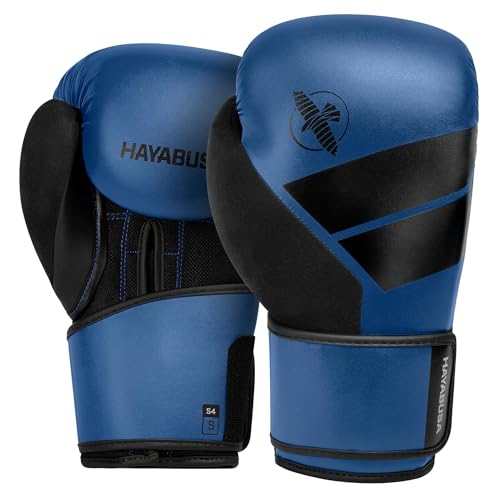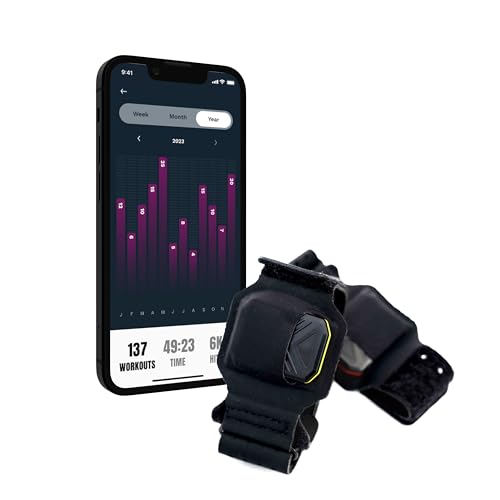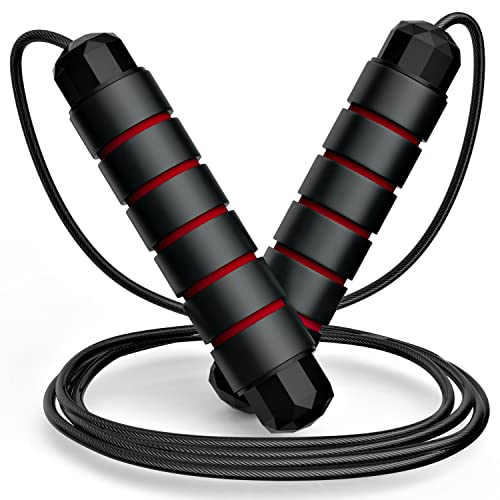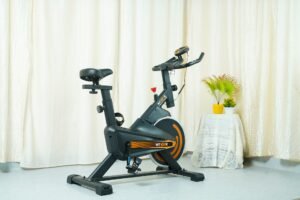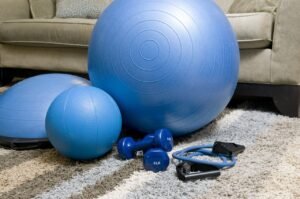Boxing isn’t just for professional fighters. It has become one of the most effective ways to train at home, combining cardio, strength, coordination, and stress relief into one workout. The right setup doesn’t require a gym membership or even a huge space. With carefully chosen boxing equipment, you can transform your living room, garage, or spare corner into a functional training zone.
In this article, we’ll explore the essential categories of home boxing gear, highlight different options, and help you decide what to prioritize based on your budget, goals, and available space.
Boost your home fitness routine with a personalized workout plan from Centr. Save 15% and enjoy 7 days free—click here to get started!
Table of Contents
The Core Categories of Home Boxing Gear
To make it easier to navigate, boxing gear for home use can be divided into three main categories:
| Category | Examples | Purpose | Best For |
|---|---|---|---|
| Protective Gear | Gloves, wraps, mouthguards | Keeps hands, wrists, and teeth safe | Everyone |
| Training Equipment | Punching bags, freestanding bags, reflex balls | Builds power, endurance, coordination | Beginners to advanced |
| Smart & Supportive Gear | Punch trackers, jump ropes, mitts | Adds data, variety, and conditioning | Intermediate and tech-focused athletes |
Each of these categories serves a different function in your training, and together they create a complete boxing experience at home.
Protective Gear: Gloves and Wraps

Before hitting any bag, you need to protect your hands and wrists. Gloves absorb impact and reduce strain, while wraps keep the joints stable and prevent injuries.
- Boxing Gloves: Training gloves are versatile and ideal for beginners. If you plan on long bag sessions, look for 12–16 oz gloves with good wrist support.
- Hand Wraps: A simple but vital accessory. Cotton or elastic wraps add extra stability to the wrist and knuckles.
Investing in quality protective gear is non-negotiable — it’s what allows you to train consistently without setbacks.
Disclosure: We may earn a commission from links mentioned in this post, at no extra cost to you. We only recommend products we trust
Training Equipment: Bags for Every Space
No boxing setup feels complete without a bag. The choice often depends on space, noise levels, and personal preference.
Heavy Bags
A traditional option that requires mounting. They provide the most resistance and durability but aren’t always ideal for apartments due to noise and installation.
Freestanding Bags
These bags sit on weighted bases and are more flexible for small spaces. They can be rolled away when not in use, making them popular for home gyms.
Reflex or Double-End Bags
Designed for speed, timing, and accuracy rather than power. They’re lighter and less noisy than heavy bags, which makes them great for limited-space setups.
| Bag Type | Pros | Cons | Best For |
|---|---|---|---|
| Heavy Bag | Realistic feel, builds power | Needs mounting, noisy | Garages, basements |
| Freestanding | Portable, easy setup | Can tip if hit too hard | Apartments, multipurpose rooms |
| Reflex Bag | Improves timing, less noise | Not great for power | Cardio, coordination drills |
Smart & Supportive Gear
Technology has made its way into boxing, giving athletes new ways to track progress and stay motivated.
- Punch Trackers: Small sensors worn on gloves or hands to track punch speed, count, and intensity. Perfect for people who enjoy data-driven workouts.
- Jump Ropes: A classic conditioning tool that improves footwork, endurance, and coordination. Weighted ropes can increase intensity.
- Focus Mitts: Great if you have a training partner. They let you practice combinations, accuracy, and defense in a dynamic way.
These supportive tools make workouts more engaging and ensure steady progress, even if you’re training alone.
Other Accessories Worth Considering
Beyond the essentials, there are small but effective additions that can elevate your boxing workouts:
- Mouthguards: More useful if you’re sparring, but some beginners use them for protection during intense bag work.
- Resistance Bands: Add variety to shadowboxing and warm-ups.
- Flooring Mats: Protect your joints from impact while also safeguarding your home’s floors.
While not mandatory, these accessories can make your home boxing environment more comfortable and sustainable.
Pricing & Budget Considerations
Home boxing gear comes in a wide range of prices. Some essentials like wraps and jump ropes can cost less than $20, while freestanding bags and punch trackers may run into the hundreds.
Here’s a rough breakdown:
| Gear Type | Entry-Level Price | Mid-Range Price | Premium Price |
|---|---|---|---|
| Gloves | $30–$50 | $60–$100 | $120+ |
| Bags | $80–$150 | $150–$300 | $400+ |
| Trackers | $80–$120 | $150–$250 | $300+ |
| Accessories | $10–$20 | $25–$50 | $75+ |
The good news is you don’t need everything at once. Many people start with gloves and a bag, then add extras like trackers or mitts over time.
Pros & Cons of Boxing at Home

Like any home fitness setup, boxing has its strengths and trade-offs.
Pros:
- Incredible cardio and conditioning workout.
- Stress relief and mental focus.
- Can be done in smaller spaces with the right gear.
Cons:
- Noise may be an issue with heavy bags.
- Some equipment (like mounted bags) requires space and installation.
- Initial investment can add up if you want premium setups.
Alternatives if Boxing Isn’t for You
Not everyone wants to hit a bag. If you’re looking for home cardio alternatives, spin bikes, treadmills, and rowing machines offer structured workouts with less noise and maintenance. For strength-focused users, kettlebells or adjustable dumbbells may be better starting points.
If you’re interested in learning more about cardio options for your home gym, check out our guides on spin bikes and treadmills to see which machine might be the best fit for you.
Conclusion
Building a home boxing setup doesn’t mean filling your space with professional-grade equipment. By starting with gloves, wraps, and a freestanding bag, you can create an effective routine that covers cardio, strength, and coordination. From there, supportive gear like trackers, jump ropes, and mitts can add variety and motivation.
Whether you’re looking for a budget-friendly starter kit or a premium smart boxing setup, the right gear ensures that your workouts stay consistent, safe, and enjoyable.




